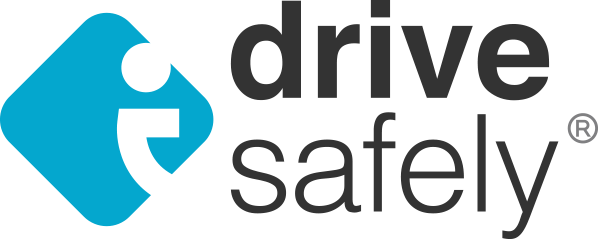Getting a California Drivers License
There are important differences to keep in mind between an adult getting a drivers license and someone under 18 learning to drive for the first time. Teens are given more restrictions because it has been statistically proven that they are the riskiest drivers on the road--lacking both the experience of older drivers and the greater judgment and cognitive function which come with maturity. They are involved in the highest number of accidents of any age demographic, and traffic accidents are the leading cause of teen fatalities.
Teens can still drive safely if they take the necessary preparation and precautions, and for that reason the state of California has integrated a prolonged graduated driver’s license program for young people which ensures they are given the time they need to acclimate to driving conditions on the road.
Provisional Learners Permit (Age 15 ½)
Teens can start the process toward legal driving pretty early at age 15 years and six months if they have completed a 30-hour California drivers ed course and have parent permission. They will be given a certificate of completion which should be taken to the DMV when applying for the permit, along with proof of identification, a permit application, and a fee. At that point, they must complete a written exam proving they understand the basics of safe driving and road rules in California. They will also complete a standard vision test to ensure they can see well enough to not be a hazard to anyone else on the road.
Intermediate Drivers License (Ages 16-17)
After having your permit for six months and logging at least 50 hours (10 at night) of driving practice accompanied by a licensed driver over 25, you will be eligible to upgrade to an intermediate drivers license. With your intermediate license comes the freedom to drive without direct supervision. However, you will need to pass a driving test at the DMV before you can make this change, so bring the car you will be testing in along with proof of registration and insurance. You still won’t be able to drive between 11 p.m. and 5 a.m. or with passengers under 20 unless you are supervised, for the first year.
Full Unrestricted License (Age 18)
Finally, if you have been able to demonstrate good driving behavior for the duration of your intermediate license, you will be given full access to the adult privileges of driving. You will be automatically upgraded upon turning 18, and you won’t need supervision to drive at night or with passengers of any age anymore. There are still an enormous number of requirements you must keep in mind when you drive, but it’s all part of the responsibility of being an adult. You are now accountable for keeping your car registered and insured, and you alone will face the penalties for disobeying the rules of the road such as fines, points on your license, and even suspension or revocation of your license.
All these responsibilities are why it is such a good idea to get started early with driver education and practice. Giving yourself a couple of years to get used to the process will make you all the more prepared for when the day comes that it really is all on your shoulders. Talk to your parents about driving when you feel ready to start learning. You will enter a whole new world of freedom and opportunity when you do.









